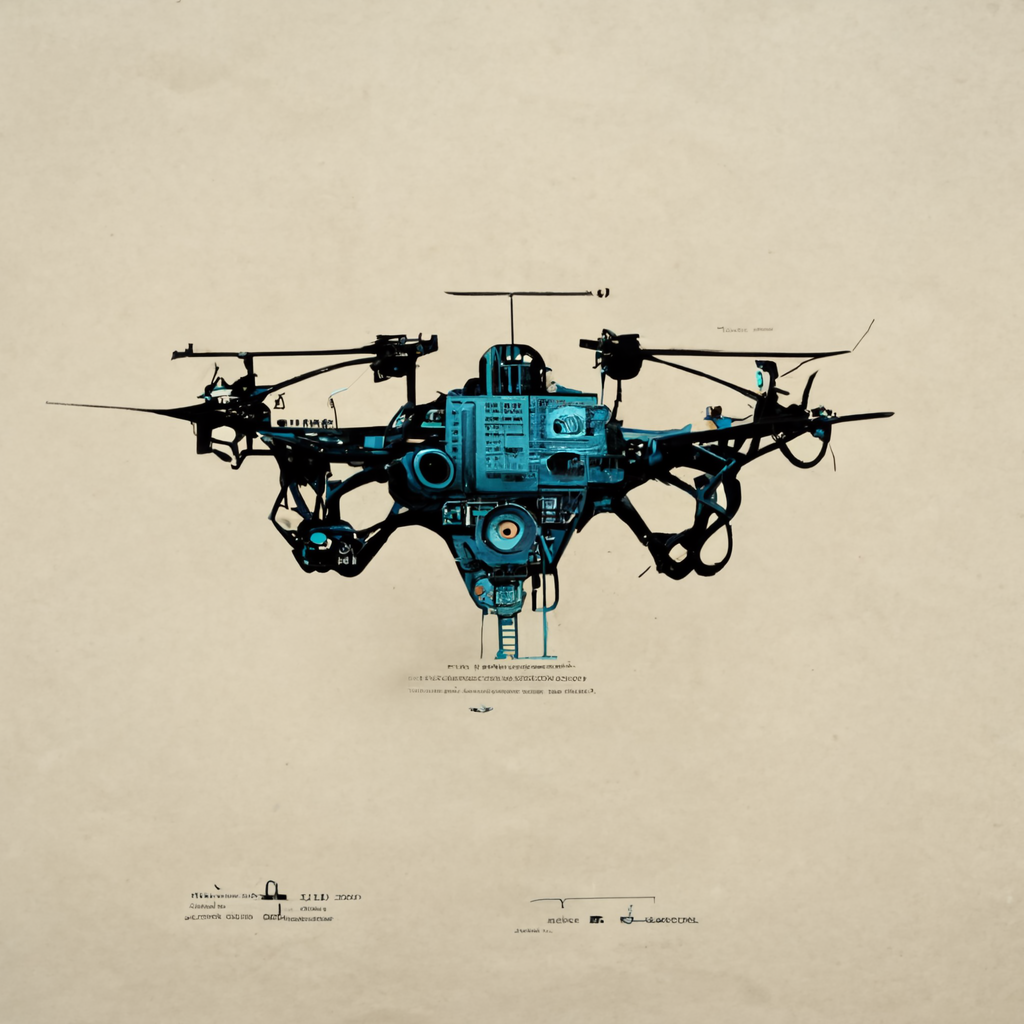A LeadBelt Gaming Guide Series
A Parts Guide
Racing drones are highly specialized machines, and each component has a critical role to play in their performance. In this article, we’ll take a closer look at each of the key components of a racing drone and explore how they impact its performance.

- Frame:
The frame of a racing drone serves as the foundation for all other components. It is typically made of lightweight materials like carbon fibre and is designed to be strong and durable while minimizing weight. With the advent of 3D printing technology, drone enthusiasts have been able to design and print their own frames, resulting in an explosion of creative designs and engineering innovations. This has created secondary income streams for some 3D printing companies like Minifactorum and Hobbyspotz, which offer custom frame printing services.
- Motors:
The motors of a racing drone are responsible for generating the thrust needed for flight. They are typically brushless DC motors, which are more efficient and reliable than brushed motors. The motors come in different sizes and power ratings, and the choice of the motor will depend on the size and weight of the drone, as well as the desired flight characteristics.
- Propellers:
Propellers work together with the motors to generate lift and thrust. They come in different sizes, shapes, and materials, and the choice of the propeller will depend on the size and power of the motors, as well as the desired flight characteristics. For example, smaller propellers are lighter and more agile, but they generate less thrust than larger propellers.
- Electronic Speed Controllers (ESCs):
ESCs regulate the speed of the motors, which in turn controls the speed and direction of the drone. They work by adjusting the voltage and current supplied to the motors. The choice of ESC will depend on the power requirements of the motors, as well as the desired flight characteristics.
- Flight Controller:
The flight controller is the “brain” of the drone, and it is responsible for stabilizing the drone in flight, controlling its movements, and processing data from the various sensors. It consists of a microcontroller, sensors like gyroscopes and accelerometers, and firmware. The firmware can be programmed to adjust the drone’s flight characteristics, such as its stability, responsiveness, and agility.
- Camera:
The camera is essential for FPV (first-person view) flying, which is a key aspect of racing drones. The camera sends a live video feed to the pilot’s goggles or monitor, allowing them to see what the drone sees in real-time. The choice of camera will depend on the desired image quality, field of view, and low-light performance.
- Video Transmitter:
The video transmitter sends the video feed from the camera to the pilot’s goggles or monitor. It operates on a specific frequency, and the choice of frequency will depend on local regulations and the availability of open channels.

So in conclusion choosing the right components for a racing drone is crucial for achieving optimal performance. With the use of 3D printing technology and creative design and engineering, drone enthusiasts can customize their drones to fit their needs and preferences. Additionally, companies like Minifactorum and Hobbyspotz are creating secondary income streams by offering custom frame printing services.
Additionally, 3D printing has also opened up new opportunities for drone enthusiasts to create and sell their own custom-designed racing drone parts. With the ability to design and produce parts quickly and at a low cost, 3D printing has democratized the manufacturing process and allowed for greater customization and personalization of racing drones.
This has led to the emergence of online marketplaces, such as Minifactorum and Hobbyspotz, where drone enthusiasts can buy and sell 3D-printed racing drone parts. These marketplaces offer a wide range of products, from custom frames and motor mounts to unique camera mounts and battery holders.
By utilizing their design and engineering skills, drone enthusiasts can not only create high-performance racing drones but also establish secondary income streams by selling their custom-designed parts to other enthusiasts. This not only promotes creativity and innovation within the drone racing community but also helps to drive the growth and development of the wider drone industry.
Therefore the various components of a racing drone, including the frame, motors, propellers, camera, video transmitter, and battery, all play crucial roles in the drone’s performance. Each component must be carefully selected and optimized to ensure maximum speed, agility, and manoeuvrability on the race track. Furthermore, 3D printing and creative design and engineering have opened up new opportunities for drone enthusiasts to customize and personalize their racing drones and create secondary income streams within the industry.
No responses yet